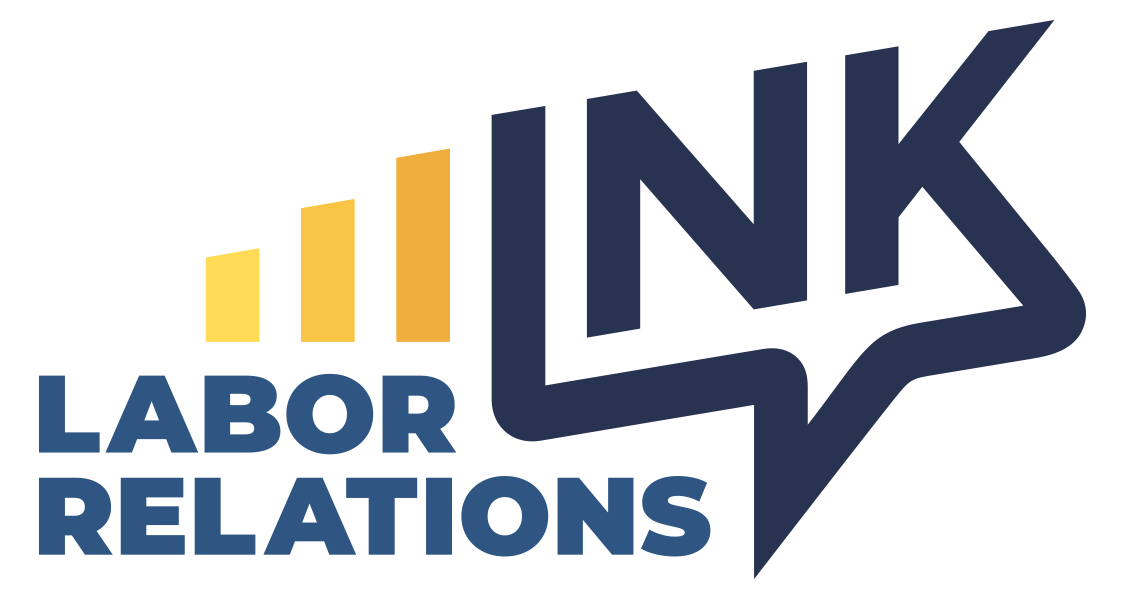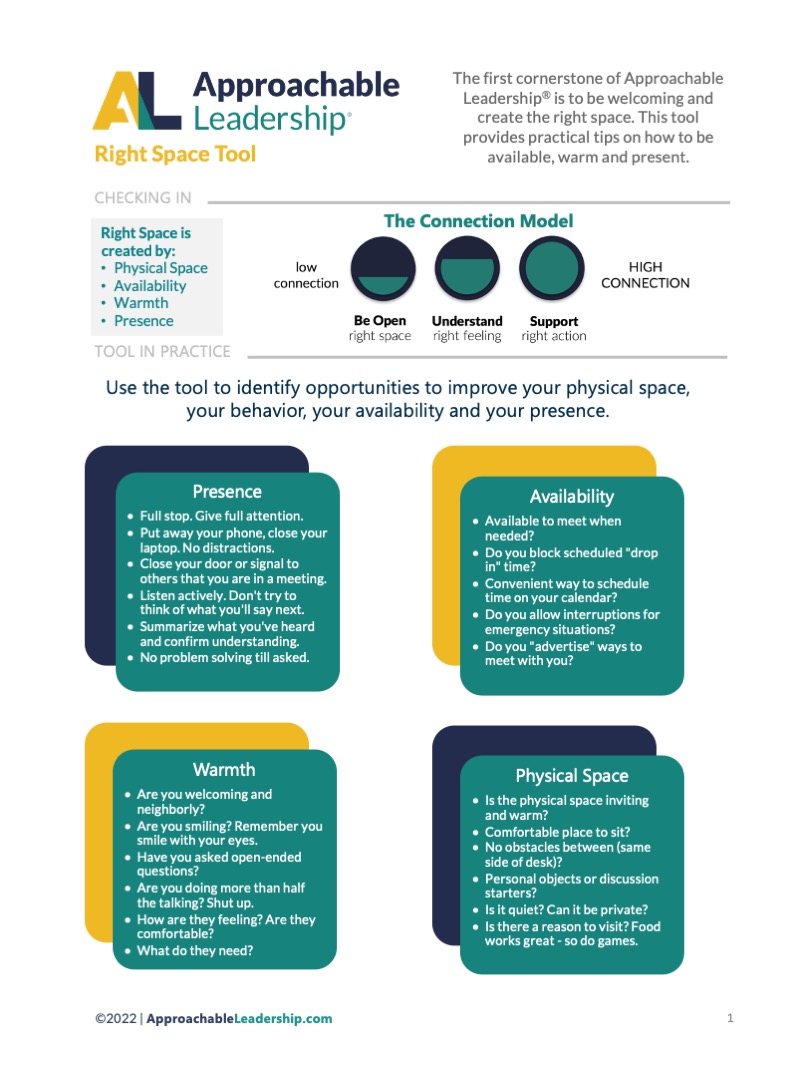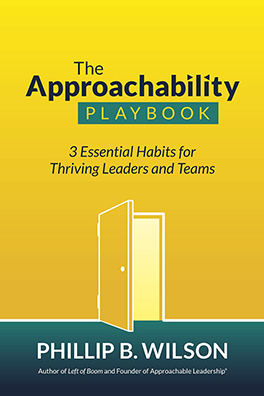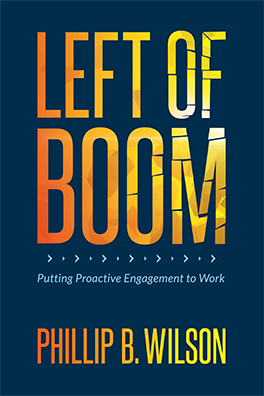Clearly, AI prompts mixed feelings in workplaces. Sure, the healthcare industry is embracing it to ease chronic understaffing, but that quality creates pushback elsewhere, which is – surprise! – attracting union attention. Tech workers are organizing with AI concerns in mind. The WGA maintained a 146-day strike largely over AI fears, and the Teamsters protested after CA Gov. Newsom vetoed a bill against self-driving trucks.
It’s also practically an American tradition for workers to feel apprehensive about new technology. After all, automation replaced some manufacturing jobs and is currently building burrito bowls. The rise of e-commerce shuttered many retail businesses, and now, no one wants to be replaced by a bot. So expect, as always, for unions to hone in on any perceived vulnerability. AI qualifies as one, but employers can halt this momentum.
That is to say: AI isn’t going away, and it can be harnessed by companies and workers alike. A few quick notes worth considering:
- AI presents more than mere fear of the unknown. It also arguably prompts existential worries to a greater degree than automation’s ability to absorb physical tasks. That’s because AI can mimic “mental” tasks, which are inextricably tied to identity and self-worth.
- There’s no limit to what AI can attempt to do but can’t do everything. Experts doubt that AI can ever replicate human nuance or think abstractly. It cannot empathize or, ultimately, create original content, although it can reshuffle what already exists. And the need for human oversight of robots will always exist.
- How can employers put workers at ease before a union moseys along and turns AI-fear into a reason to organize?
- Companies can help workers realize that their jobs might actually become more fulfilling as AI takes over rote and tedious tasks and frees them up for more enjoyable work.
- Employers can commit to upskilling and providing development avenues for existing workers. They can identify areas of expansion for workers who will see part of their job skills replaced by AI and teach them how to avoid redundancy. Employers can also reframe continuing education as part of a long-term workplace strategy.
- Employers should be honest about existing and shifting metrics as a measure of worker success, both for retaining their jobs and seeing opportunities for advancement.
- Transparency is always key. Keep the lines of communication open on changes involving AI. Remember, if companies won’t listen to their workers, then unions will.
The AI fear is definitely real, too. An APA study revealed that 4 out of 10 workers fret over being replaced by AI. Goldman Sachs predicted that at least 300 million jobs could be on the line, and Forrester reports that 45 million workers could lose jobs by 2030. OpenAI adds that 80% of workers will see daily tasks affected, and a Pew Research Center report shows that over 50% of Americans worry about AI’s potentially harmful effects.
Also important to note, we don’t know how Chat GPT will evolve or devolve. We don’t know how the government will fully regulate it and other AI tools. In other words, hang tight and be ready to adapt.
By adopting efforts to include solutions in your positive employee relations efforts, you can boost engagement and retention by clearly communicating technology plans to your employees early on, demonstrating that you have their concerns in mind. For suggestions on responding to technology changes as part of your positive employee relations efforts, download the slide deck below, which we presented at the recent CUE Conference in Phoenix.






